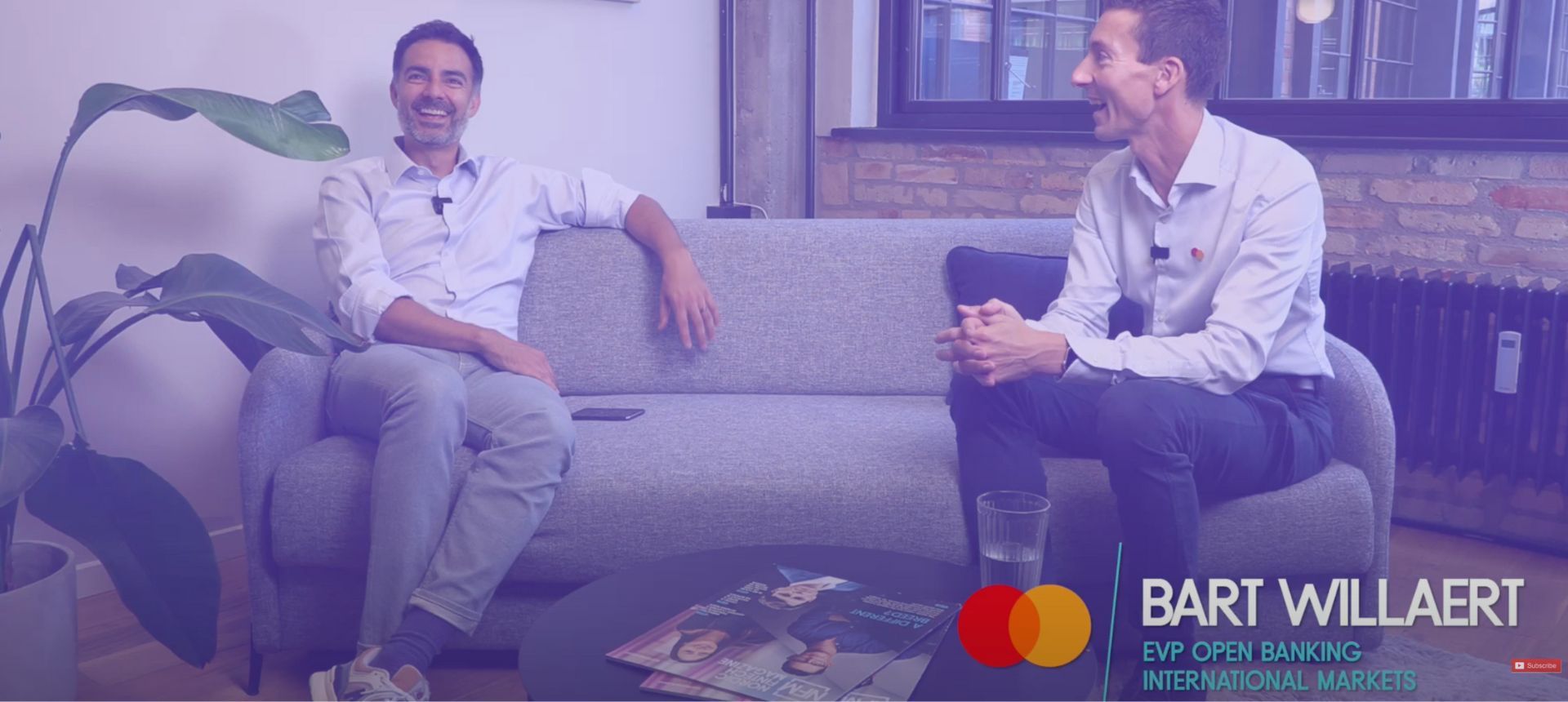
Money 20/20: What should an open data economy look like?
September 23, 2021 | Rune Kallehauge
The progression from an open banking to an open data economy is inevitable. But as this constant disruption to business models continues to evolve, financial services can play an increasingly important role in becoming the trusted core for the orchestration of data and payment flows between industry players.
Aiia CEO Rune Mai recently sat down at Money 20/20 in Amsterdam and had a chat with some of the industry’s heaviest hitters to forecast what will happen once we move beyond open banking and start building an open data economy. How will it change the technological fabric on which the financial services are built and delivered? How will the competitive structure change? And what needs to happen in order to ensure this transformation takes place?
First of all, what is the one guiding constitution or policy you think should be adhered to when financial services undergo the transformation from open banking to open data?
“Well, let’s be clear. There’s a difference between a constitution and a policy. Typically what a constitution does is protect a person’s rights," explains Rune. "This is what should be top of mind when we talk about 'open' anything. So from a top-down, product-side point of view, when it comes to open data, we need to be thinking about how we can improve the lives of people across Europe, and worldwide for that matter, through protected and transparent data sharing.”
Rune goes on to admit that this wasn’t achieved through the most recent update to the EU’s revised payment services directive, PSD2. “Sadly, PSD2 didn’t accomplish what it set out to do, which was to put consumers at ease when it comes to sharing data. It was actually the companies and services that fetched data who took up the fight to ensure those sharing data felt secure and data sharing could move forward.
Leaving it up to the banks and the first payment services directive (PSD1) wasn’t enough because people needed to be shown how their data was being used in a transparent, protected, and at the same time, innovative way. Once people gave their consent to the data they wanted to share, these companies created some amazing services and then monetised them. This is what the banks need to realise: They too can monetise their APIs and create services that benefit both the consumer and the company. It’s really the gift of a lifetime.”
How will the competitive structure change?
“If PSD2 accomplished anything, it showed us that people are at least willing to share data … regardless of their views on transparency and protection. You could go out today and find a new data-sharing service every day for the next 90 days. But you would be in SCA prison forever if you did that because the regulators have set parameters that strong arm you into tedious processes, which is, quite frankly wrong,” confesses Rune. "They’re not savvy technology innovators or business-makers … they’re just policymakers. And the policies they make aren’t necessarily with your best interests in mind, and we need to change that. We need to see the competitive landscape as a continuum, with market-driven forces on one end and regulators on the other. These two ends need to meet in the middle if we’re going to have a valuable, thriving arena where everyone plays fair and all the players involved can benefit.”
So where do we go from here? What needs to happen in order to progress from an open banking perspective to an open data one?
“There are two things that come to mind: The first thing is that both market leaders and regulators need to team up and educate those sharing their data on how their data is being shared. It’s funny that, in our current open banking environment, banks talk to companies and companies talk to banks about the benefits of open banking … but nobody really talks to the end user directly,” says Rune. “So the market needs to campaign more on this subject and the regulators need to get behind those campaigns in order for people to fully understand how and why their data is being shared. The UK is doing a better job at this than most, but there’s a long way to go.
The second thing is about connectivity,” continues Rune. “What PSD2 did right is demand a fallback contingency be in place to ensure all obstacles to account access are removed. But connectivity efforts need to be based on convenience for the people. That’s why GDPR is, to me, a shortcut to thinking. It was made up by policymakers who seemed to have plucked it out of the air; it wasn’t based on real-life situations or needs. So you have to accept all these things and you don’t really know what you’re accepting. There’s no clear consent and it’s just really annoying for everyone in the end. We need to have clear-cut connectivity and consent measures based on real-life needs if we’re going to truly tap into the power of open data,” he concludes.
Aiia wants to help you understand and unlock the true benefits of open banking and beyond. Whether you’re a bank, SMB or consumer, we have information that can shed light on what the future of finances holds for you.
Visit our blog to find out more on how we’re working to bring more convenience to people’s lives through our simple yet comprehensive integration. If your company wants to learn more on how we can partner up, reach out to our sales team and they’ll be happy to assist you.




